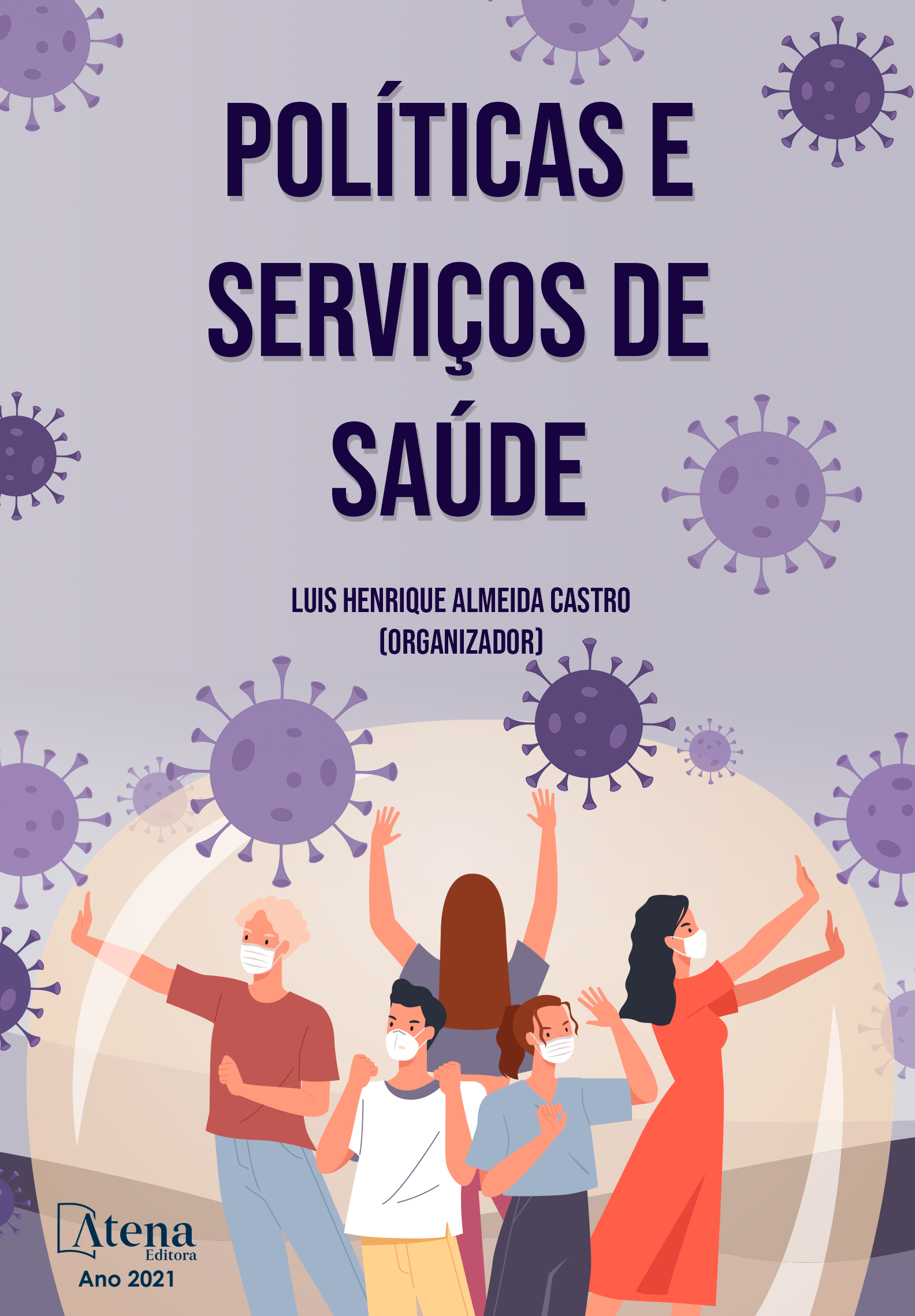
Fotoceratite: uma revisão de literatura
A fotoceratite consiste em lesões no estroma, endotélio e membrana basal da córnea, inicialmente assintomáticas que se tornam perceptíveis à medida que ocorre o adelgaçamento e inflamação da córnea. Esse artigo objetiva e analisar os estudos pré-existentes sobre a fotoceratite denotando a influência dos RUVs como fator desencadeador da mesma. O trabalho trata-se de uma revisão narrativa acerca dos principais aspectos clínicos e etiopatológicos da fotoceratite ,sendo utilizados os descritores : “photokeratitis” e “ophthalmology”, bem como seus correspondentes em português para pesquisa nas bases de dados do PubMed, Lilacs e Scielo. Foram analisados 12 estudos que identificaram a fotoceratite como sendo uma patologia ocular aguda decorrente da exposição prolongada à RUV de uma fonte de luz natural como o sol ou advinda de uma fonte artificial. Os principais achados clínicos constatados foram: dor ocular, lacrimejamento e fotofobia como sintomas inciais e edema, visão turva com sensação de corpo estranho nos quadros mais evoluídos. Outrossim, a lesão ocular depende do comprimento da onda de luz e que, diante do cenário atual, no qual há destruição da camada de ozônio, a passagem dos raio luminosos se tornam mais intensas, o que pode levar um maior números de casos de fotoceratite. A inflamação da córnea, quando recorrente, aumenta as chances de desenvolvimento de outras patologias oculares como ceratopatia por gotículas e pterígio, por isso, cabe ao especialista identificar a possível etiologia da inflamação corneana, ocupacional ou não, com o objetivo de evitar lesões futuras e repetidas à córnea.
Fotoceratite: uma revisão de literatura
-
DOI: 10.22533/at.ed.17521050113
-
Palavras-chave: Fotoceratite; Radiação UV; Oftalmologia
-
Keywords: Photokeratitis; UV radiation; Ophthalmology
-
Abstract:
Photokeratitis consists of lesions in the stroma, endothelium and basal membrane of the cornea, initially asymptomatic that become noticeable as slimming and inflammation of the cornea occurs. This article aims to analyze the pre-existing studies on photokeratitis denoting the influence of UVR as a triggering factor. The work is a narrative review about the main clinical and etiopathological aspects of photokeratitis, using the descriptors "photokeratitis" and "ophthalmology", as well as their correspondents in Portuguese for research in PubMed, Lilacs and Scielo databases. Twelve studies were analyzed that identified photokeratitis as an acute ocular pathology resulting from prolonged exposure to UVR from a natural light source such as the sun or from an artificial source. The main clinical findings were: eye pain, tearing and photophobia as initial symptoms and edema, blurred vision with a foreign body sensation in the more evolved pictures. Furthermore, the ocular lesion depends on the length of the light wave and that, in face of the current scenario, in which there is destruction of the ozone layer, the passage of light rays become more intense, which can lead to a greater number of cases of photokeratitis. The corneal inflammation, when recurrent, increases the chances of development of other ocular pathologies such as droplet keratopathy and pterygium, so it is up to the specialist to identify the possible etiology of corneal inflammation, occupational or not, in order to avoid future and repeated lesions to the cornea.
-
Número de páginas: 7
- Lara Medeiros Pirauá de Brito
- Laís Rytholz Castro
- Guilherme Fernandes Góis Dantas
- Janine Lima dos Santos
- Marina Viegas Moura Rezende Ribeiro
- Ariadne Figueiredo Oliveira
- Talles Antônio Coelho de Sousa
- Fernanda Freire Dantas Portugal
- Carlos Eduardo Ximenes da Cunha


